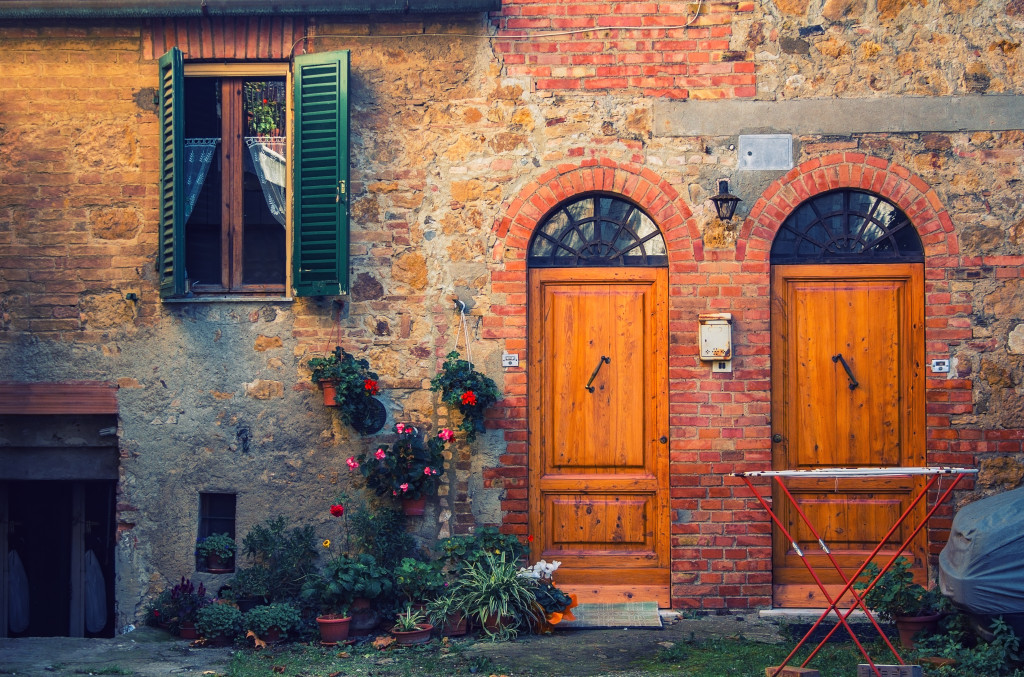- The roof, often neglected in old homes, requires repair and maintenance to prevent leaks and structural damage.
- Persistent odors in old homes can be removed through deep cleaning and the use of special equipment.
- Outdated plumbing in older homes can lead to water damage issues; inspection, pipe replacement, and fixture upgrades are key.
- Waterproofing is crucial in old homes to prevent seepage, flooding, and resultant structural damage.
Moving into an old home that has a character and history of its own can be a delightful experience. Once lived in, these homes imbibe an aura that makes them the perfect place to live in. However, old homes also come with their share of issues, and renovation can be a daunting task. With so much to consider and so many things to refurbish, it can be easy to get overwhelmed – especially if you’re new to the world of refurbishment. But don’t worry. This blog post will give you a rundown of the key areas you should focus on while refurbishing an old home.
The Roof
The roof of an old home is one of the most neglected areas of such a structure. However, it is one of the most important too. Get an experienced roofing contractor to help you inspect the roof for any damage, leaks, or rot. While refurbishing the roof, focus on key aspects such as the following:
Replacing Missing or Broken Shingles
Missing or broken shingles can cause significant damage to your home, especially during the rainy season when water can leak into your home and cause mold or other water damage. As part of your refurbishment project, it’s crucial to replace any damaged or missing shingles immediately. Not only will this protect your home from the elements, but it will also drastically improve the overall look and curb appeal of your property.
Repairing Holes, Cracks, and Leaks
Over time, wear and tear on the roof can lead to holes, cracks, or leaks. These issues are not only detrimental to the health of your roof, but they also pose a risk to the entire structure of your old home. Water ingress can lead to dampness and mold, which can then affect the structural integrity of the building. Therefore, identifying and repairing these potential problem areas promptly is essential in the refurbishment process.
Fixing Any Structural Damage
Structural damage to a roof, such as a sagging roofline or a collapsed section, can pose major safety risks and compromise the overall stability and longevity of your home. Such damage could be due to prolonged exposure to harsh weather conditions, poor maintenance, or aging. Employ a roofing specialist to evaluate the extent of the damage and provide a suitable repair strategy. This might involve reinforcing the rafters, replacing sections of the roof, or, in more severe cases, a complete roof replacement.

Odors
Old homes often harbor persistent odors that have settled into the walls, floors, and furnishings over time. This is usually due to years of cooking, smoking, pet ownership, or dampness.
While some may find these scents nostalgic, they can be off-putting for many. To combat this, considering an efficient odor removal service is a key step in the refurbishment process.
These professionals employ a variety of techniques, including deep cleaning and the use of special equipment, to eliminate these stubborn smells and refresh your old home.

Plumbing
Even if your old home has stunning architectural features, outdated plumbing can be a major issue. The plumbing in older homes is often outdated (galvanized pipes, lead pipes, faulty fittings), which leads to leaks, blockages, and rust. All these factors can result in serious water damage issues. Here are some things that you need to prioritize:
Inspect and Replace Old Pipes
Having a professional plumber inspect your old pipes is a vital first step in understanding the current state of your home’s plumbing system. They can identify any pipes that are on the brink of failure due to age or corrosion. After this thorough inspection, the plumber can advise you on the best course of action. Often, old pipes have to be replaced entirely to avoid frequent leaks and water damage.
Upgrading to Energy-Efficient Fixtures
Upgrading your home’s features to more energy-efficient models not only helps the environment but it can also save you money on your monthly utility bills. Consider replacing old toilets, showers, faucets, and other fixtures with new, low-flow versions that use less water without sacrificing performance. Additionally, modern kitchen and laundry appliances are designed to use less energy and water, making them an excellent investment for your refurbished home.
Waterproofing
Waterproofing your old home is a crucial aspect that should not be overlooked during the refurbishment process. Old homes often have basements and foundations that are susceptible to water seepage and flooding. Over time, this can lead to structural damage, mold, and a damp, musty environment that’s far from healthy. A thorough waterproofing process includes sealing any cracks in the foundation, installing a sump pump for water removal, and ensuring proper drainage around your home.
Thus, if you’re planning to renovate an old home, keep the above points in mind. Renovating an old home to meet your modern-day needs can be accomplished with the right plan and execution. Focus on the key areas- like roof repair and inspection, odor removal, and plumbing upgrades- for a successful refurbishment project. So go ahead, take on the challenge of refurbishing an old home, and make it a beautiful and functional space for years to come.

